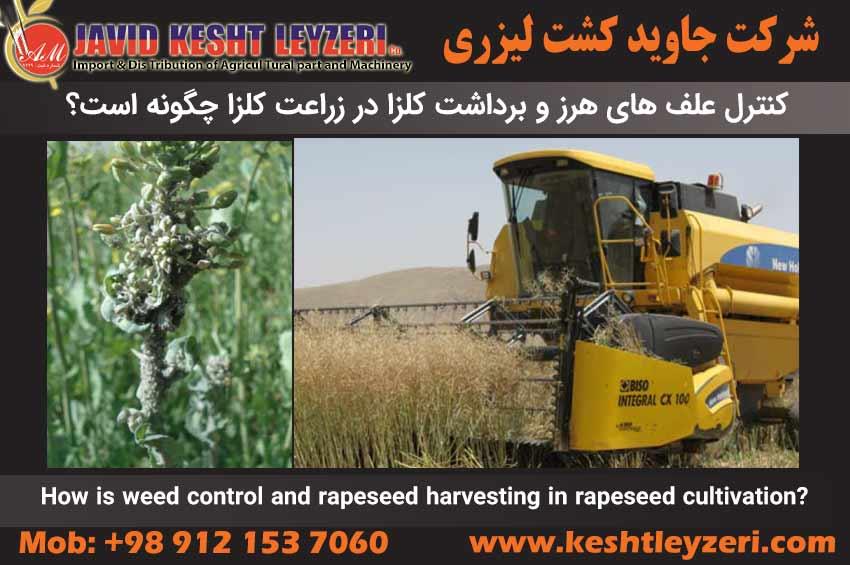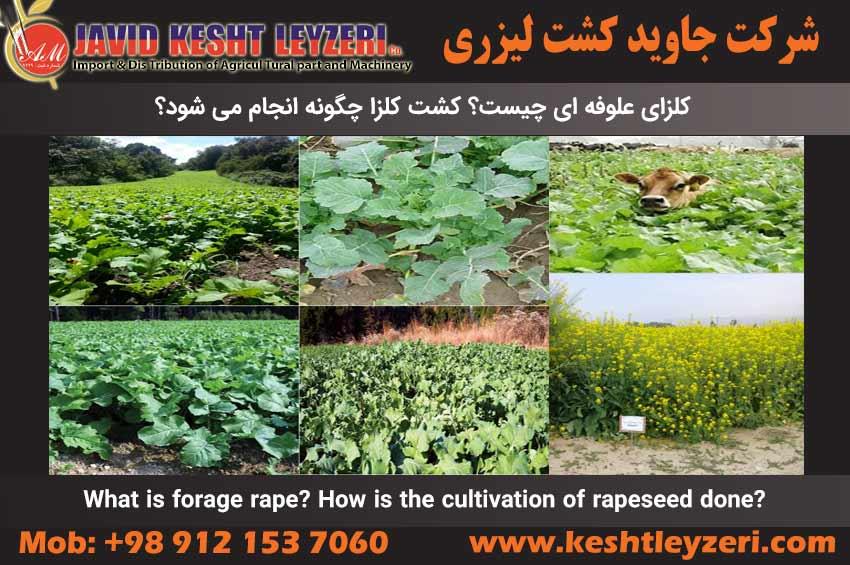- 15 Dec 2023
- 1912
How is weed control in rapeseed cultivation?
Rapeseed is a plant with broad and autumnal leaves, which, due to the lack of common pests and diseases with wheat and other cereals, is a suitable plant for crop rotation with wheat and barley. Among the benefits of rapeseed in rotation, we can mention the control of foot disease, reduction of weed population, increase of soil organic matter, etc. So that wheat will have a 15-20% increase in yield after rapeseed. Time management is very important in rapeseed cultivation, and observing the planting date is one of the main factors in the successful production of rapeseed. It is necessary to apply fertilizer, irrigation and fight against aphids at the recommended times. Weeds are also among the factors that, in addition to reducing the yield, may also reduce the quality of the product.
- 12 Dec 2023
- 2306
The second part of rapeseed cultivation: rosette, stemming, budding
The growth stage is a period of canola plant growth that continues until late winter. During this stage, the plant will be able to produce 6 to 8 leaves and the rapeseed roots will penetrate the soil to a depth of 15 cm. The thickness of the plant crown, which is the storage place for photosynthetic compounds and food, reaches 8 mm in this condition.
- 25 Nov 2023
- 1139
What is forage rape? How is the cultivation of rapeseed done?
With the increasing population, the development of livestock farming, and the improvement of people's nutrition, the need for new food sources, especially plant-based fats and proteins, is increasingly felt. In this regard, extensive research has been initiated in rapeseed cultivation to meet the forage needs of livestock, with countries such as China, France, England, India, and Canada leading the way in its cultivation and development. In the consumption of rapeseed forage, considerations such as the timing of forage harvesting are taken into account, with the most important factor being the cutting in the early stages of the plant's flowering and its consumption by livestock. This is because after the formation of the canopy (the main site of synthesis of glucosinolates), the percentage of toxic substances in the forage increases. Rapeseed forage is considered a good source of protein in the diet of livestock, and for this reason, livestock farmers are allowed to use 50 to 60 percent of rapeseed forage in the animal feed to prevent the adverse effects of glucosinolates.



